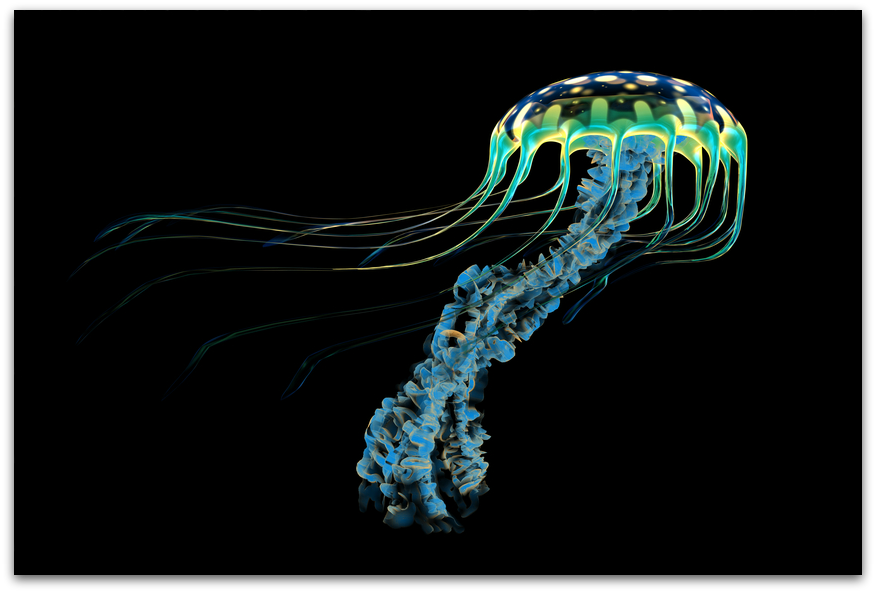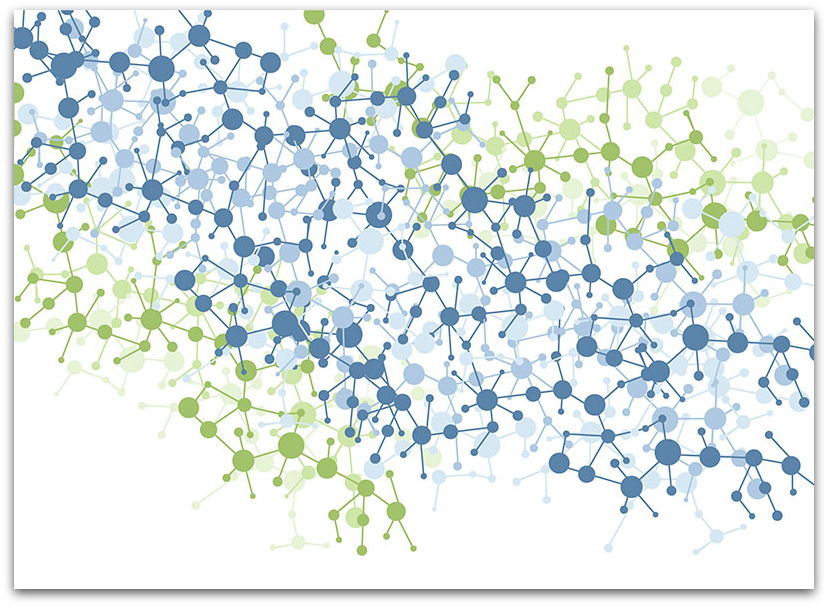 Graphene could offer a new way to cool tiny chips in phones, computers, and other gadgets.
Graphene could offer a new way to cool tiny chips in phones, computers, and other gadgets.
“You can fit graphene, a very thin, two-dimensional material that can be miniaturized, to cool a hot spot that creates heating problems in your chip,” says Eva Y. Andrei, a physics professor at Rutgers University. “This solution doesn’t have moving parts and it’s quite efficient for cooling.”
As electronics get smaller and more powerful, there’s an increasing need to for chip-cooling solutions. Researcher show in a paper published in the Proceedings of the National Academy of Sciences that using graphene combined with a boron nitride crystal substrate creates a very efficient cooling mechanism.
“We’ve achieved a power factor that is about two times higher than in previous thermoelectric coolers,” says Andrei.
The power factor refers to the effectiveness of active cooling. That’s when an electrical current carries heat away, as shown in this study, while passive cooling is when heat diffuses naturally.


 For many centuries, lead was the favored material for water pipes due to its malleability. However, the health hazards associated with ingesting lead were not fully understood until the late 1900s. Now, with a massive water infrastructure that utilizes lead pipes and instances of corrosion and leaching causing development and neurological effects in young children consuming tainted water, researchers from Washington University in St. Louis are researching the potential impact of replacing lead pipes.
For many centuries, lead was the favored material for water pipes due to its malleability. However, the health hazards associated with ingesting lead were not fully understood until the late 1900s. Now, with a massive water infrastructure that utilizes lead pipes and instances of corrosion and leaching causing development and neurological effects in young children consuming tainted water, researchers from Washington University in St. Louis are researching the potential impact of replacing lead pipes. A new type of conductive graphene foam is incredibly tough and can be formed into just about any shape and size.
A new type of conductive graphene foam is incredibly tough and can be formed into just about any shape and size. New materials can change their appearance and quickly revert to their original state, taking inspiration from squid and jellyfish.
New materials can change their appearance and quickly revert to their original state, taking inspiration from squid and jellyfish. ECS member and director of the Princeton Institute for Science and Technology of Materials (PRISM), Craig Arnold, recently sat down with Princeton University to discuss the current and future potential of materials science.
ECS member and director of the Princeton Institute for Science and Technology of Materials (PRISM), Craig Arnold, recently sat down with Princeton University to discuss the current and future potential of materials science.